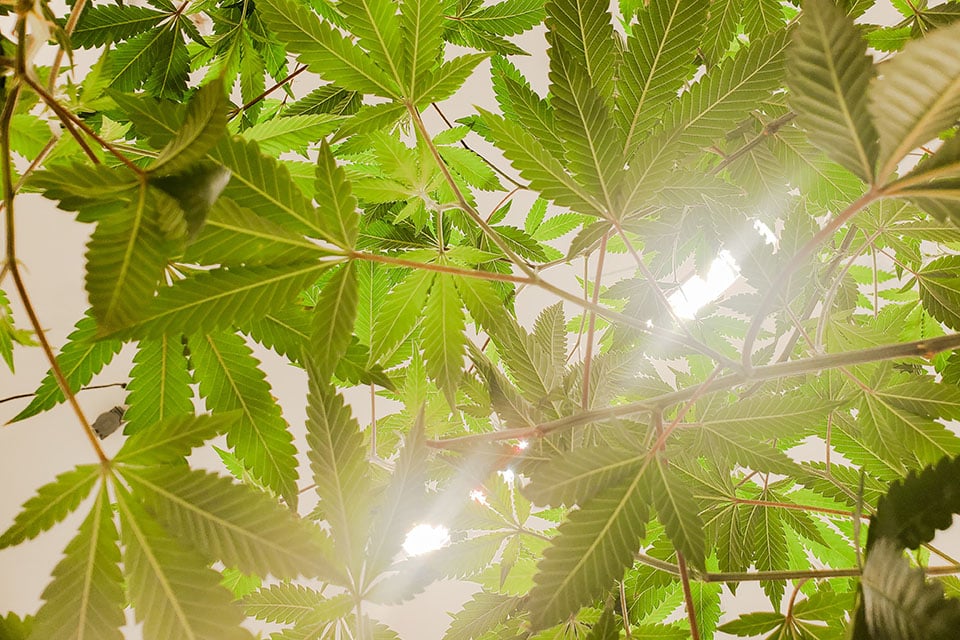Cannabis is an annual herbaceous plant, which means that it has non-woody stems. The two primary classifications for cannabis are indica and sativa. “Sativa,” in modern day terminology, references the tall, narrow-leaf varieties of cannabis that are thought to induce energizing effects. “Indica” is commonly used to describe stout, broad-leaf plants, thought to deliver sedating effects. There are more factors beyond the cannabis’s classification that will determine how it affects the subject of consumption.
Although both marijuana and hemp share traits, since they both come from Cannabis sativa, they are not the same. Marijuana can come from either the Cannabis indica or Cannabis sativa species; however, hemp only belongs to the Cannabis sativa species. Hemp-derived CBD comes from industrial hemp plants. They differ from marijuana plants in appearance and THC content. Hemp plants are tall, sturdy, and scarce in foliage. According to the U.S. law, industrial hemp plants must contain less than 0.3% of THC.
Marijuana plants are recognized by the U. S. law when they contain more than 0.3% THC. THC is usually the most common cannabinoid in marijuana plants, but some strains contain high contents of CBD. Marijuana-derived CBD is extracted from marijuana plants. This plant is commonly cultivated for its high resinous flowers, which contain an abundance of cannabinoids.
How CBD is extracted, whether from hemp or marijuana, will not change its molecular level. Cannabis resin, which is found within the trichomes of buds, is extremely different between hemp-derived CBD and marijuana-derived CBD. Trichomes coat the leaves, branches and buds of the plant and give it a frosty white appearance. Industrial hemp plants contain less resin than marijuana plants. There is more CBD in cannabis than hemp, so more hemp (dry weight) is needed to produce the same amount of CBD isolate.

